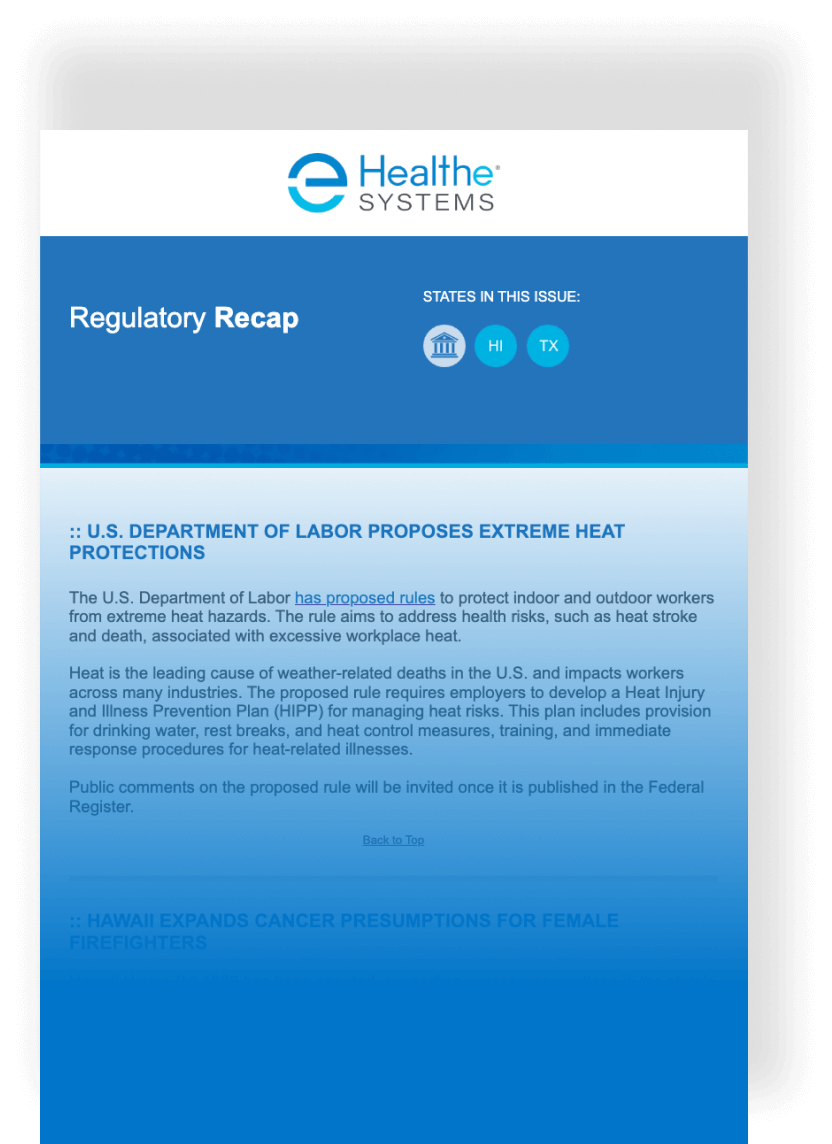The Workers’ Compensation Research Institute (WCRI) published the 25th edition of their CompScope™ Medical Benchmarks. These reports analyze trends in payments, prices, and medical care utilization across 17 state workers’ comp systems from 2017 to 2022, with claims experience through March 2023, excluding COVID-19 claims.
The 17 study states include Arkansas, California, Florida, Illinois, Indiana, Iowa, Louisiana, Massachusetts, Michigan, Minnesota, New Jersey, North Carolina, Pennsylvania, Tennessee, Texas, Virginia, and Wisconsin. The data in these reports represent about 60% of the nation’s workers’ comp benefit payments. Individual reports are available for every state except Arkansas, Iowa, and Tennessee.
With such a wide range of data available, the following are key highlights pulled from different state reports.
California: Medical payments per claim decreased by 1% in 2022/23, continuing a stable trend since 2017. Prices for professional services rose, but reduced utilization of E&M, physical medicine, and radiology offset the impact. Prescription payments per claim were low, though claims with prescriptions were higher than in most states.
Florida: Medical payments per claim remained stable in 2021 and 2022 after a 2020 decrease. Utilization of hospital and nonhospital care continued to decline in 2022. Florida had one of the highest prescription drug payments per claim, driven by higher payments per prescription and more frequent prescriptions.
Louisiana: Medical payments per claim were among the highest, especially for nonhospital services such as prescription drugs, and ASCs. The average prescription payment was $1,759, five times the median state at $330. Payments for radiology and pain management injections were also higher than average.
Michigan: Medical payments per claim rose 8% in 2022/23 after a decline from 2019 to 2021, driven by moderate increases in nonhospital services for physicians and PTs/OTs, ASC facility, and hospital payments.
Virginia: Medical payments per claim saw little change from 2018/19 to 2022/23, with price increases for nonhospital services and high-cost inpatient episodes offset by reduced utilization due to pandemic-related factors.







